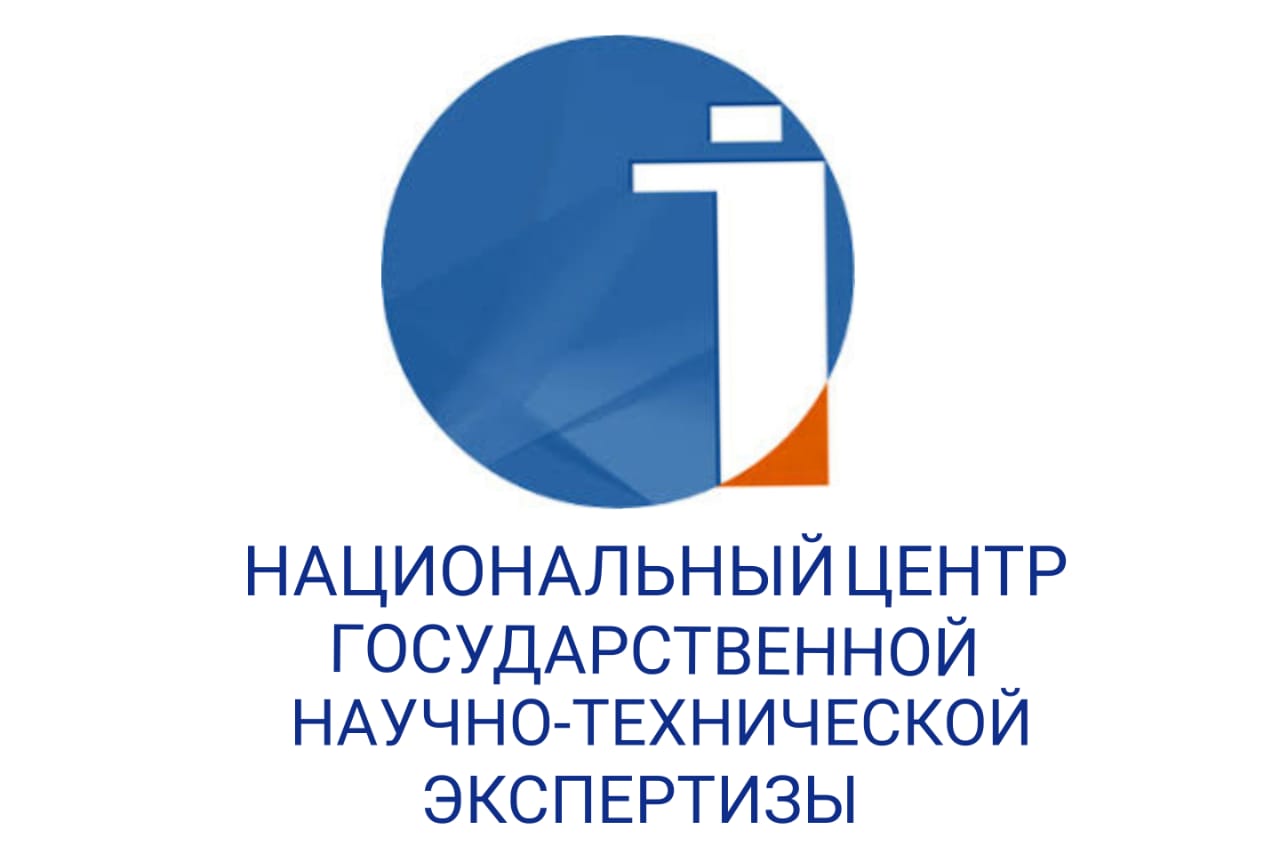THE CONCEPT OF TOLERANCE IN THE LIGHT OF ASSOCIATIVE EXPERIMENT
DOI:
https://doi.org/10.48371/PHILS.2024.3.74.002Keywords:
tolerance, linguistic consciousness, associative experiment, nuclear zone, periphery, associations, reactions, stimulus, representative, concept, cognitive structureAbstract
The article presents a simulation f the concept of tolerance based on the results of an associative experiment conducted in the format of a questionnaire in student group. Tolerance as a value setting of each individual member of society in such a multiethnic country as Kazakhstan is one f the main priorities of the main priorities of the students. In this article, the main goal is to identify, through an associative experiment, the under stranding of the meaning of the word tolerance by first year students. The scientific novelty is the way to create a model of the concept of tolerance based on a directed associative experiment, which allow based on reliable facts of questionnaires conducted according to all standard of psycholinguistic experiment. The study of this concept from the point of view of a directed associative experiment has not yet been conducted. The concept of tolerance is compiled as a concept having a field structure, distributed. The paper uses conceptual and cognitive methods for analyzing the concept and structure of concept, identifies students’ associations to a given stimulus, and statistical analysis of the calculation of experimental data. Based on the result of the experiment, a table was compiled in which the data were distributed into four sections according to the decreasing frequency of all collected reactions. The nuclear and peripheral zones of the concept under study were distributed. During the conducted directional experiment, it was found that the nuclear zone of the concept of tolerance consists of frequency reactions expressing students understanding of this stimulus as a parents’ attitude, respect and understanding, the ability to accept someone’s opinion. The conducted research showed that students understand the meaning of the concept of tolerance as a character trait, as a kind and trustful relationship, despite the difference in lifestyle and cultural values of fellow students. Our task is to try to form an attitude towards the students in Russian language classed. The result of this experiment can be used intercultural communications to form a tolerant attitude in multicultural Kazakhstan.








